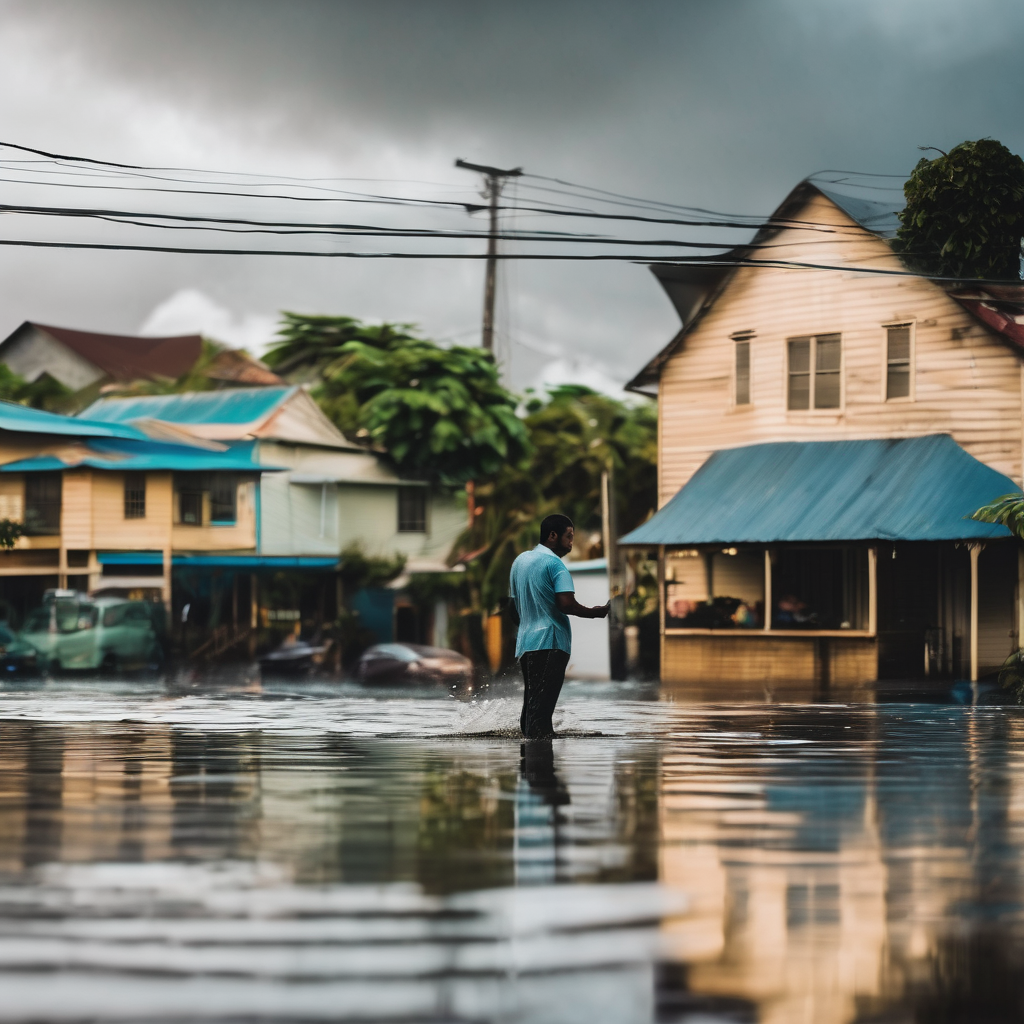Last week’s torrential rains in Mexico resulted in a tragedy that has claimed at least 64 lives and left 65 people missing, as reported by government officials. The catastrophic flooding and landslides were caused by a tropical depression affecting regions along the Gulf Coast and central states, amplifying the effects of months of prior rainfall that had already saturated the ground.
President Claudia Sheinbaum acknowledged the unexpected intensity of the rainstorm, stating, “This intense rain was not expected to be of such magnitude.” The flooding was further exacerbated by the convergence of warm and cold air masses over swollen rivers and weakened mountains, as explained by Admiral Raymundo Morales, the Secretary of the Navy.
The destruction has been extensive, with nearly 100,000 homes impacted, particularly in Hidalgo and Veracruz states, where the highest fatalities occurred—29 in Veracruz with 18 still unaccounted for and 21 deaths along with 43 missing in Hidalgo. The torrential rains also caused significant infrastructure damage, destroying bridges and leaving streets inundated with mud. Emergency responders have been captured in videos navigating through flooded areas to rescue trapped residents and deliver much-needed supplies.
In light of the unfolding disaster, thousands of personnel have been mobilized to aid in evacuation and cleanup efforts. As the recovery process begins, Sheinbaum is scheduled to meet with the finance ministry to discuss strategies for rebuilding the affected communities. Fortunately, power has been restored in most towns previously affected by outages, allowing authorities to focus on public health measures, particularly in preventing the spread of mosquito-borne diseases like dengue fever, which could rise due to stagnant water left in the wake of the floods.
This tragic incident in Mexico highlights the increasing frequency and severity of extreme weather events around the world, a trend closely tied to climate change. However, the community’s collective response and resilience in overcoming such challenges bring a hopeful perspective. Together, they are working towards recovery and enhancing their defenses against potential future disasters, showcasing the strength of solidarity in adversity.
